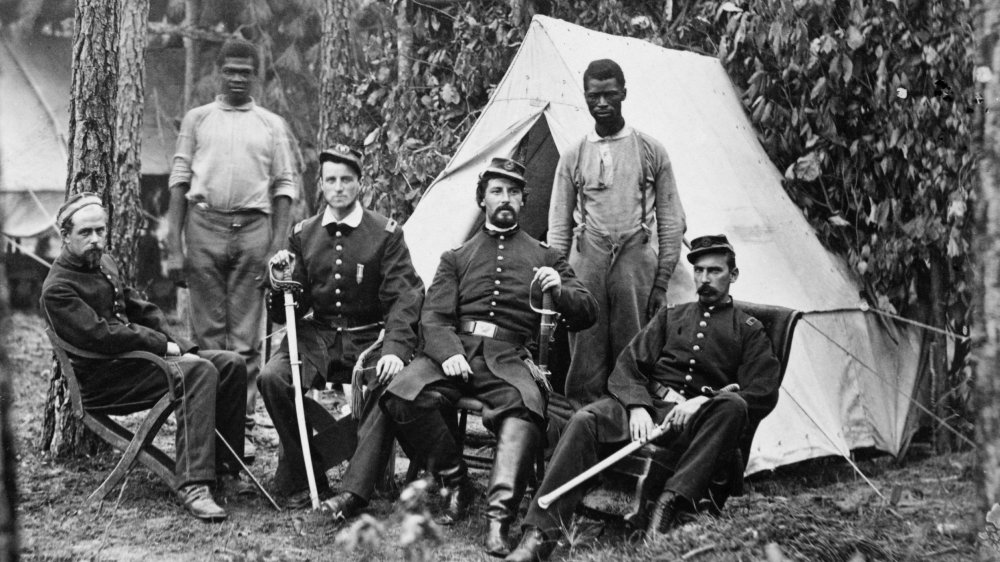 The south, they say, is a state of mind, a place as geographical as it is sentimental. For us, the idea of the south often represents a leisurely pace, a carefree attitude prone to enjoying life. There is no reason the song says that “to make love well you have to come to the south,” right? I would say that something similar happens to Americans, that their South tends to evoke relaxed, friendly and welcoming people. Furthermore, the southern regions boast a very rich and characteristic culture. This cultural wealth seems to be the main prize for every tourist who goes there, it can even be analogized as 22Bet Tanzania welcome bonus in the world of sports betting, it’s very fun!
The south, they say, is a state of mind, a place as geographical as it is sentimental. For us, the idea of the south often represents a leisurely pace, a carefree attitude prone to enjoying life. There is no reason the song says that “to make love well you have to come to the south,” right? I would say that something similar happens to Americans, that their South tends to evoke relaxed, friendly and welcoming people. Furthermore, the southern regions boast a very rich and characteristic culture. This cultural wealth seems to be the main prize for every tourist who goes there, it can even be analogized as 22Bet Tanzania welcome bonus in the world of sports betting, it’s very fun!
Now, the south, like the north, is still a relative and subjective concept: depending on where you are, the south will start at one latitude or another. Or, put another way, what for some is the south, for others is the north. And beyond what we understand by south there will almost always be a south of the south. Thus, the notion we have of the southern will be influenced by our geographical location.
North Americans also do not escape the simplifying effects of their perceptions on their fellow South Americans: positive prejudices about their sympathy, authenticity or hospitality coexist with negative ones that paint the South as a black hole of ignorance, bad taste and bigotry. Furthermore, in the case of the United States, the emotional distance between both regions is increased by the historical scar of its civil war.
The southern United States has a despicable history of slavery, violence, and discrimination against its black population. Sadly, this racist legacy, which also exists in the north, has not been completely eradicated. It is equally undeniable that the Deep South, the economically least developed region of the country, is especially prone, although not alone, to a certain way of understanding the most closed and intolerant social and political ultra-conservatism.
However, having traveled all the states of this “Deep South” on a meandering road trip from New Orleans to Baltimore, I can attest to its attractiveness and diversity, the warmth and hospitality that abounds among its people and the vitality and richness of their culture, of which they are deservedly proud. This is what I saw, did, and learned along the way: New Orleans, Louisiana 2015 marked ten years since Hurricane Katrina sowed destruction in New Orleans. During this time, the efforts to rebuild it have been intense. Despite this, the current population (three hundred and ninety thousand people) is still below that of before the tragedy (four hundred and fifty-five thousand).
The African-American community is the one that has been most affected by the diaspora: it is estimated that the city has lost around a third of its black inhabitants. In any case, New Orleans remains one of the liveliest and most carefree cities in the United States (for example, it is one of the few where alcohol is allowed on the street in certain areas) and its music, food and nightlife scenes they are at the height of the most demanding travelers. If you are lucky enough to visit, don’t miss Jacques-Imo’s restaurant (where you can marvel at its extravagant decor and exquisite food, such as alligator sausage) and for a night out, try to resist the tourist temptation of Bourbon Street and hang out with the locals on Frenchmen Street.
Southern United States of America has an amazing cultural wealth. Regardless of the negative stigma that is often associated with it, the region will always be in the hearts of many people.